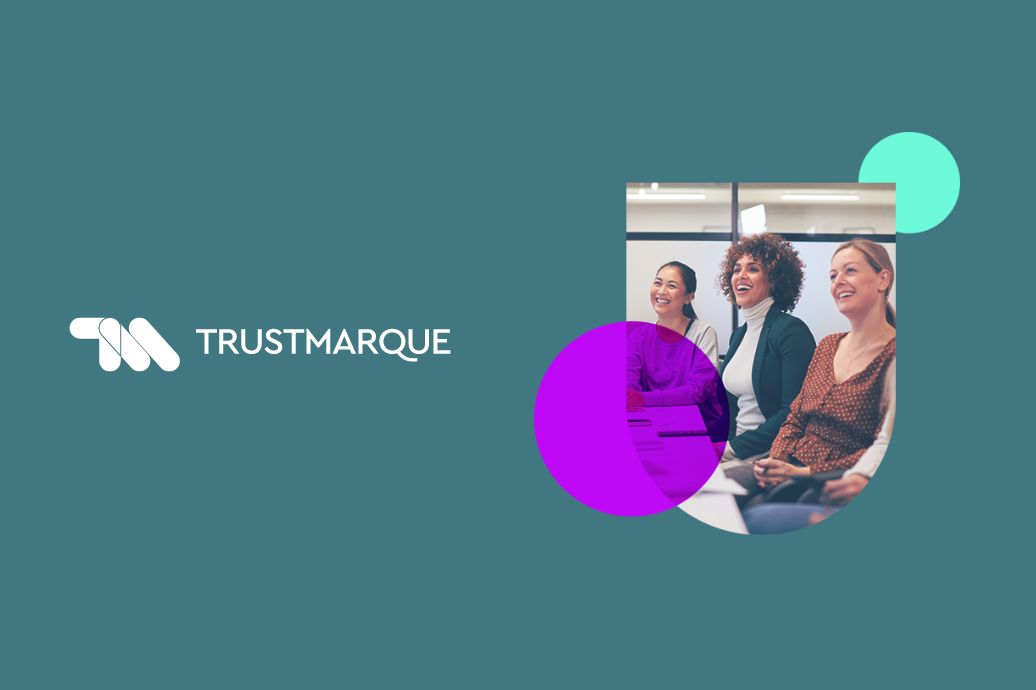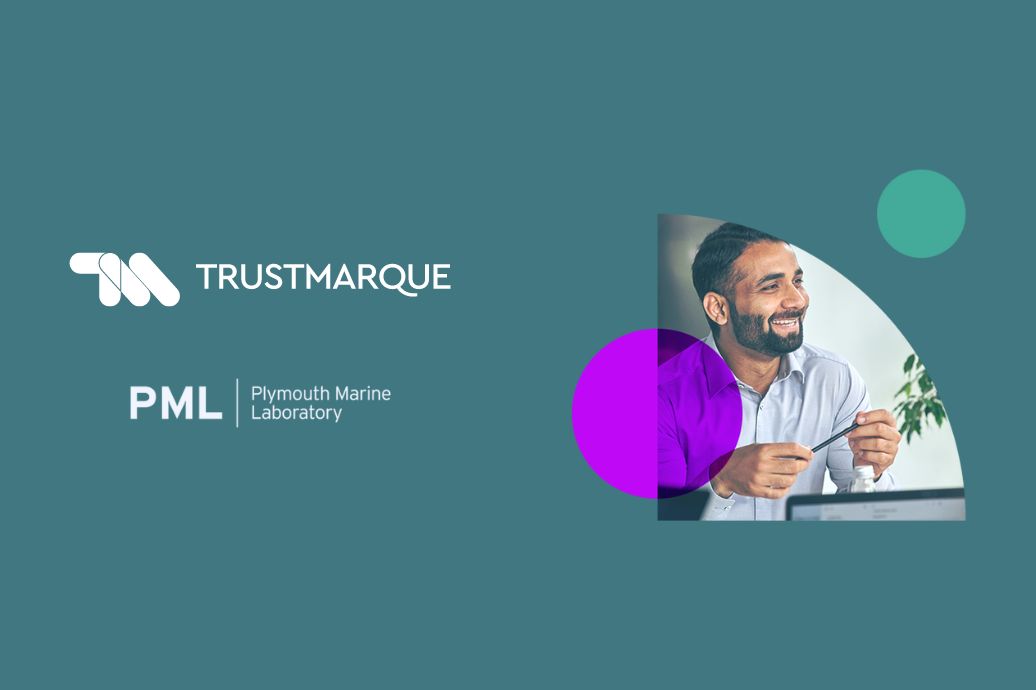
Striking a balance: cloud experts weigh in on the rising trend of data repatriation
By Neel Dev (Cloud Expert) and Mark Treweeky (Data Centre Expert)
For years, the message in the market has suggested that on-premises systems were becoming outdated, and that moving to the cloud was the definitive path to modernisation. Today, we’re seeing a more measured and strategic approach, particularly across UK enterprises. Some organisations are beginning to repatriate workloads back to on-premises or private environments. This shift is not a rejection of the cloud, but a sign of greater maturity. It’s about aligning technology with purpose in a hybrid IT strategy.
At Trustmarque, we’ve always put the needs of our customers first. The nature of the application and the quality of the user experience come before any preconceived preference for cloud or on-premises. If latency or support requirements justify keeping a workload on-premises, that’s what we recommend. If cloud-native capabilities such as autoscaling offer clear advantages, we enable those too.
What we’ve consistently found is that success starts with careful planning. When organisations migrate everything at once without assessing readiness, it often results in inefficiencies and ultimately, repatriation. Equally, those that resist cloud until forced to change often end up rushing into poorly executed projects. Our role is to help customers plan properly from the start and make confident, informed decisions throughout.
Why repatriation is gaining attention
Public cloud still plays a powerful role in digital transformation. It offers agility, speed and innovation, and works brilliantly for many types of workloads. But more organisations are reassessing their strategies and asking whether everything is in the right place. Here’s what is driving that rethink.
Unrealistic cost expectations in early cloud planning
Many organisations enter the cloud with the assumption that costs will automatically fall. While cost savings are possible with well-executed plans, in many cases cloud expenses are either similar or higher. At Trustmarque, we consider cost as just one factor. Our advice is always based on value, suitability, and the long-term performance of the workload.
Data sovereignty and compliance
With new UK regulations and industry-specific governance requirements, control over where data resides and who can access it has never been more important. Hybrid solutions such as Azure Local, or dedicated on-premises infrastructure for sensitive workloads, are smart options when chosen following a robust compliance assessment.
Application performance
Some workloads simply perform better when hosted closer to the user. Reduced latency and improved reliability make a strong case for keeping certain services on-premises or enhancing them with technologies like Azure Virtual Desktop. Once again, it comes back to solid planning and understanding the demands of each application.
AI and high-performance compute needs
The rapid growth of generative AI, analytics and other compute-intensive workloads has introduced a need for predictability in both performance and cost. These requirements are not always easily met by public cloud alone, prompting a more hybrid approach.
What customers are telling us
Public cloud delivers fantastic results for many use cases, but it’s not the answer for every application or dataset. Through both our work and direct customer feedback, we see a clear trend: costs, performance needs and compliance demands are prompting a shift to hybrid and localised alternatives.
This is not a return to the past. It’s a natural evolution towards a more balanced, workload-specific model. When organisations make the move from all-in cloud to a hybrid approach, it should be treated as a strategic project in its own right. With the right support and a structured plan, it becomes a long-term investment rather than a reactive move.
Where workloads are going
The most interesting development is not that some workloads are moving out of public cloud, but where they’re going instead. We’re seeing organisations adopt a mix of:
- Modern on-premises infrastructure
- Private cloud models, including hosted and co-located options
- Hybrid designs that combine public cloud, private infrastructure and edge computing
- Consumption-based services such as Dell APEX, Hitachi EverFlex and Lenovo TruScale
These flexible services bring the agility of the cloud together with the control and predictability of on-premises deployment. For organisations facing complex regulation or spiralling cloud bills, these models offer the best of both worlds.
Public cloud continues to serve an essential role, particularly for dynamic, temporary or distributed workloads. What matters most is that each workload is deployed where it delivers the greatest benefit, whether that’s in the cloud, on-premises or somewhere in between.
What comes next
We expect the shift towards hybrid strategies to gain momentum. More organisations are recognising the importance of balancing their infrastructure choices to meet application requirements and user needs.
This evolution will be driven by:
- The continued growth of AI and compute-intensive workloads
- Increasingly strict data protection requirements
- Greater attention to IT sustainability and environmental impact
- Ongoing cost scrutiny and the need for financial predictability
Ultimately, this is about more than technology. It’s about giving organisations the flexibility to innovate, the control to remain secure, and the confidence to invest in solutions that work for the long term. Repatriation is not a backwards step, but one part of a smarter, more strategic approach to infrastructure.
End-to-end expertise in hybrid infrastructure
Trustmarque is not just a cloud or infrastructure provider. Our Hybrid Infrastructure practice supports the entire journey, from strategy through to resilience. This includes:
- Testing and assurance
We help customers validate platforms and applications throughout the lifecycle, ensuring performance, compliance and speed to market. - Enterprise connectivity
Our specialist networking practice delivers secure, scalable solutions in close partnership with Cisco. - Data protection and cyber recovery
Robust backup and recovery are essential for resilience, whether workloads are on-premises, in the cloud or spread across both. Our solutions are built to ensure continuity and safeguard against ransomware, cyber threats and disruption.
We create high-performing, secure environments tailored to your organisation’s needs, whether you’re adopting cloud, returning from it or building something entirely hybrid.
Ready to reassess your cloud strategy?
If you’re reviewing your cloud costs, seeking better data control, modernising your hybrid approach or strengthening security, we’re here to help. Book a hybrid cloud assessment and discover how the right repatriation strategy can support long-term optimisation and business growth.
Explore your enterprise data protection and resilience
Our capability-based self-assessment helps you understand where you stand today. In just a few minutes, you’ll receive a real-time dashboard and executive summary covering:
- Backup and recovery maturity
- Security controls
- Automation and orchestration
- Compliance readiness
This free online tool highlights strengths, exposes gaps and prepares your organisation to act with confidence. Take the assessment and turn insight into action.


